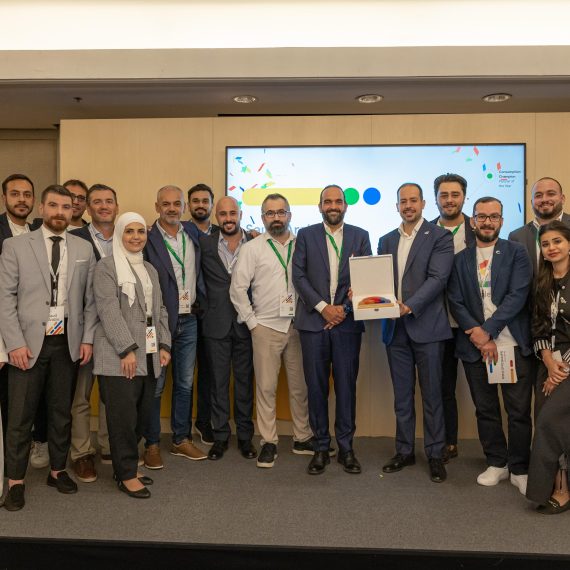In today’s fast-evolving digital ecosystem, agility, scalability, and resilience are critical to business success. Cloud computing has become the default approach for organizations pursuing innovation, but not all cloud strategies are created equal. Increasingly, businesses are shifting from a single-cloud approach to multi-cloud and hybrid cloud architectures,two models that offer greater flexibility, risk mitigation, and control.
But what exactly do these strategies involve? And which is right for your organization?
What Is Multi-Cloud?
A multi-cloud strategy involves using two or more cloud services from different providers (e.g., Google Cloud, AWS, Microsoft Azure) simultaneously. The key here is diversification,organizations adopt multi-cloud to avoid vendor lock-in, optimize performance, and benefit from each platform’s unique strengths.
Common Use Case:
A company might use Google Cloud for AI and analytics workloads, AWS for data storage, and Azure for Microsoft-based services, all working together in one ecosystem.
Benefits of Multi-Cloud:
- Vendor flexibility
- Optimized workload placement
- Redundancy and risk mitigation
- Access to best-in-class services from multiple providers.
What Is a Hybrid Cloud?
A hybrid cloud model combines on-premises infrastructure (private cloud) with one or more public cloud platforms. This setup is ideal for organizations with sensitive workloads, compliance concerns, or legacy systems that cannot be fully migrated to the cloud.
Common Use Case:
A bank stores customer data on-prem for compliance, while running mobile app services and analytics in the cloud.
Benefits of Hybrid Cloud:
- Balanced control and scalability
- Support for legacy systems
- Enhanced data governance
- Seamless workload mobility between environments
Why It Matters Now
The global shift toward remote work, digital transformation, and AI adoption is accelerating the need for cloud flexibility. Multi-cloud and hybrid architectures offer a strategic approach to managing risk, improving uptime, and aligning IT with business goals.
According to recent industry research, over 76% of enterprises are adopting a hybrid or multi-cloud strategy, driven by the need to innovate quickly, meet regulatory requirements, and ensure operational continuity.
The Challenges to Consider
- Increased complexity: Managing multiple environments requires the right governance, tools, and skills.
- Security concerns: Ensuring consistent policies across clouds and on-prem requires careful design.
- Integration and interoperability: Applications and data need to flow seamlessly between systems.
That’s why organizations partner with experienced cloud solution providers like iSolution to architect, deploy, and manage robust, secure cloud environments.
How iSolution Can Help
At iSolution, we specialize in tailoring multi-cloud and hybrid cloud strategies that meet your unique business needs. As a Google Cloud Partner with deep regional expertise, we help clients:
- Assess their current infrastructure and readiness
- Design a scalable, compliant cloud architecture
- Implement hybrid and multi-cloud environments using best practices
- Automate, secure, and monitor cloud workloads
- Enable DevOps and CI/CD across cloud platforms
Final Thoughts
The future of the cloud is not one-size-fits-all. Whether you’re navigating regulatory challenges, scaling digital services, or enabling cross-border operations, hybrid and multi-cloud models provide the freedom to build what works best for you. Choosing the right strategy and the right partner, can make all the difference.







Leave a Comment